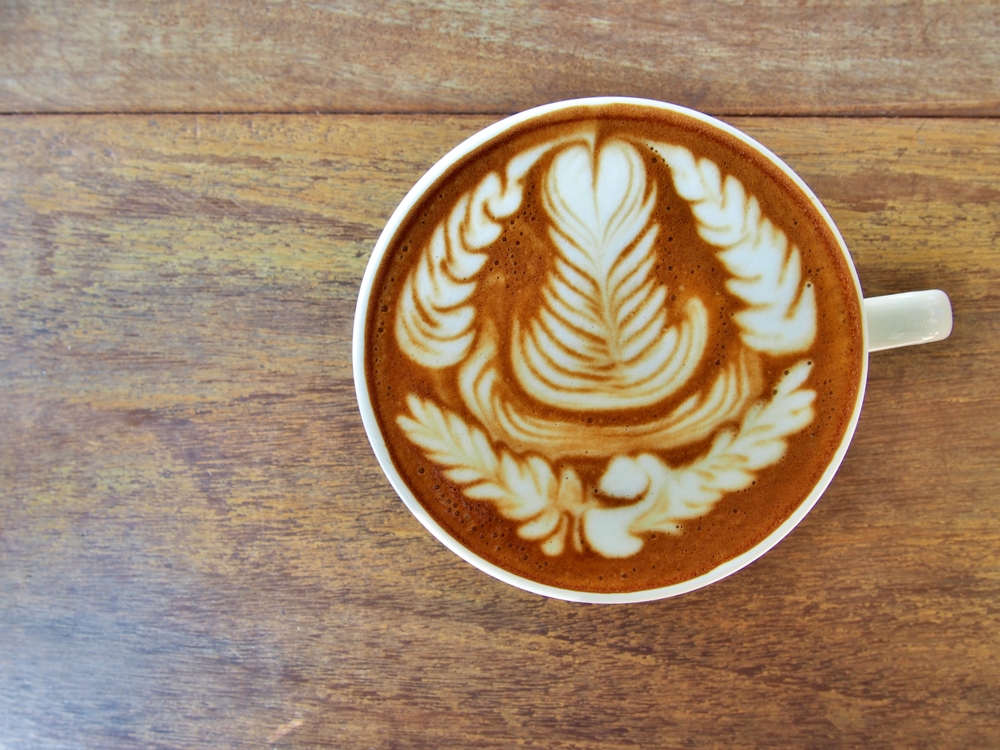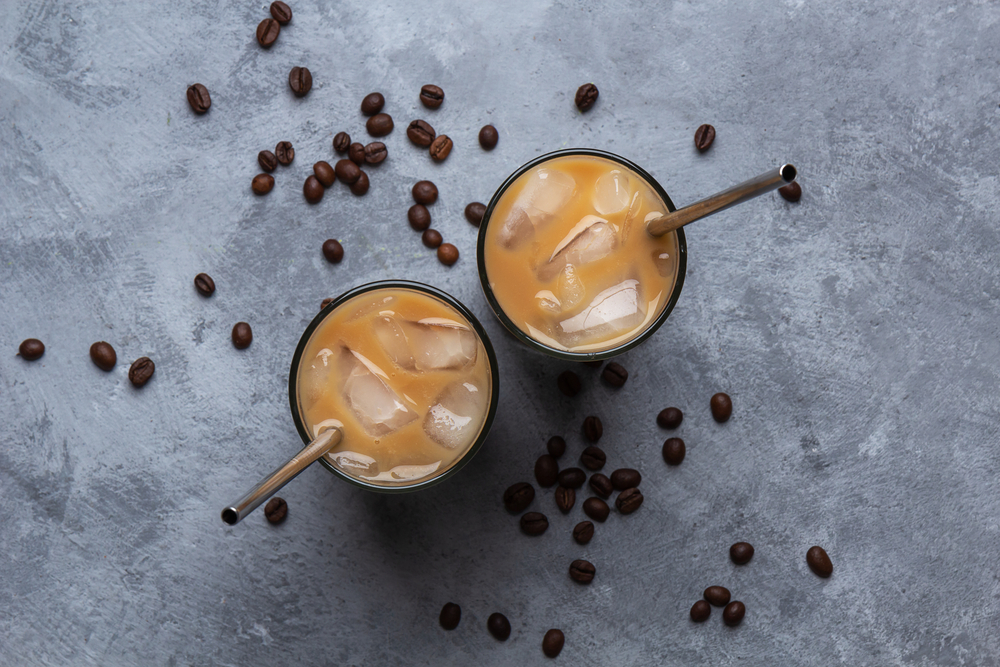When one thinks of France, they are likely greeted with images of the Eiffel Tower, croissants, wine, and perhaps, even coffee. However, the realm of coffee in France differs from other parts of the world in its culture, vocabulary, and preparation. If you find yourself craving a cappuccino in the middle of Paris, understanding its local context and how to order it can be immensely beneficial.
How do you order a cappuccino in French?
Upon entering a French café, you might find that the menu is slightly different than what you’re used to. The term ‘cappuccino’ is recognised worldwide, and in France, it’s largely the same: cappuccino. However, it’s the nuances in pronunciation and the café culture that differentiate the French coffee scene.
Pronunciation: Instead of the English accentuation on the ‘cino’, the French might stress the first syllable. It becomes more of a ‘CAP-poo-chee-no’.
Requesting: A simple way to order is to say, “Je voudrais un cappuccino, s’il vous plaît” which translates to “I would like a cappuccino, please”.
Pro Tip: Always remember to add “s’il vous plaît” (please) at the end of your request. It’s a polite gesture and is highly appreciated.
Is French cappuccino a coffee?
Yes, a cappuccino is a type of coffee, and it retains the same essence in France as in other parts of the world. Traditionally, a cappuccino is made up of equal parts espresso, steamed milk, and foam milk. However, the distinction in France may be in its preparation or the way it’s served. While in Italy, cappuccinos are predominantly a breakfast beverage, in France, they can be enjoyed any time of the day, though perhaps with a tad less foam than its Italian counterpart.
Moreover, while cafes in the UK or US might offer an array of milk alternatives, traditional French cafes might be more limited in their offerings. But with the rise of veganism and dietary preferences, more modern Parisian cafés are beginning to expand their menu to include alternatives like soy or almond milk.
What is the most popular coffee in France?
While cappuccinos have gained popularity amongst tourists and younger generations, the stalwart of French coffee culture is the espresso, locally known as “un café”. It is a small, strong shot of coffee. But the espresso is not the only popular choice. Here’s a brief rundown:
- Un café: This is a regular espresso. Strong and black.
- Café allongé: This is an espresso with added hot water, making it a bit lighter.
- Noisette: An espresso with a dash of milk or cream.
- Café crème: Similar to a cappuccino, but with more milk and less foam.
Fun Fact: The word ‘noisette’ means hazelnut in French, indicating the colour of the coffee when the milk is added, not the flavour.
If you’re curious about the coffee consumption habits of the French, here’s a small table illustrating the percentage of each type’s popularity:
| Type of Coffee | Percentage of Popularity |
| Un café (Espresso) | 60% |
| Café allongé | 15% |
| Noisette | 10% |
| Café crème | 10% |
| Others (including Cappuccino) | 5% |
In conclusion, coffee in France is a cherished ritual. While the cappuccino, a beloved beverage worldwide, is available and enjoyed, it’s the robust espressos and subtly milky noisettes that rule the French coffee scene. So, the next time you find yourself in a quaint café in Paris or Marseille, remember this guide and immerse yourself fully in the French coffee experience.



